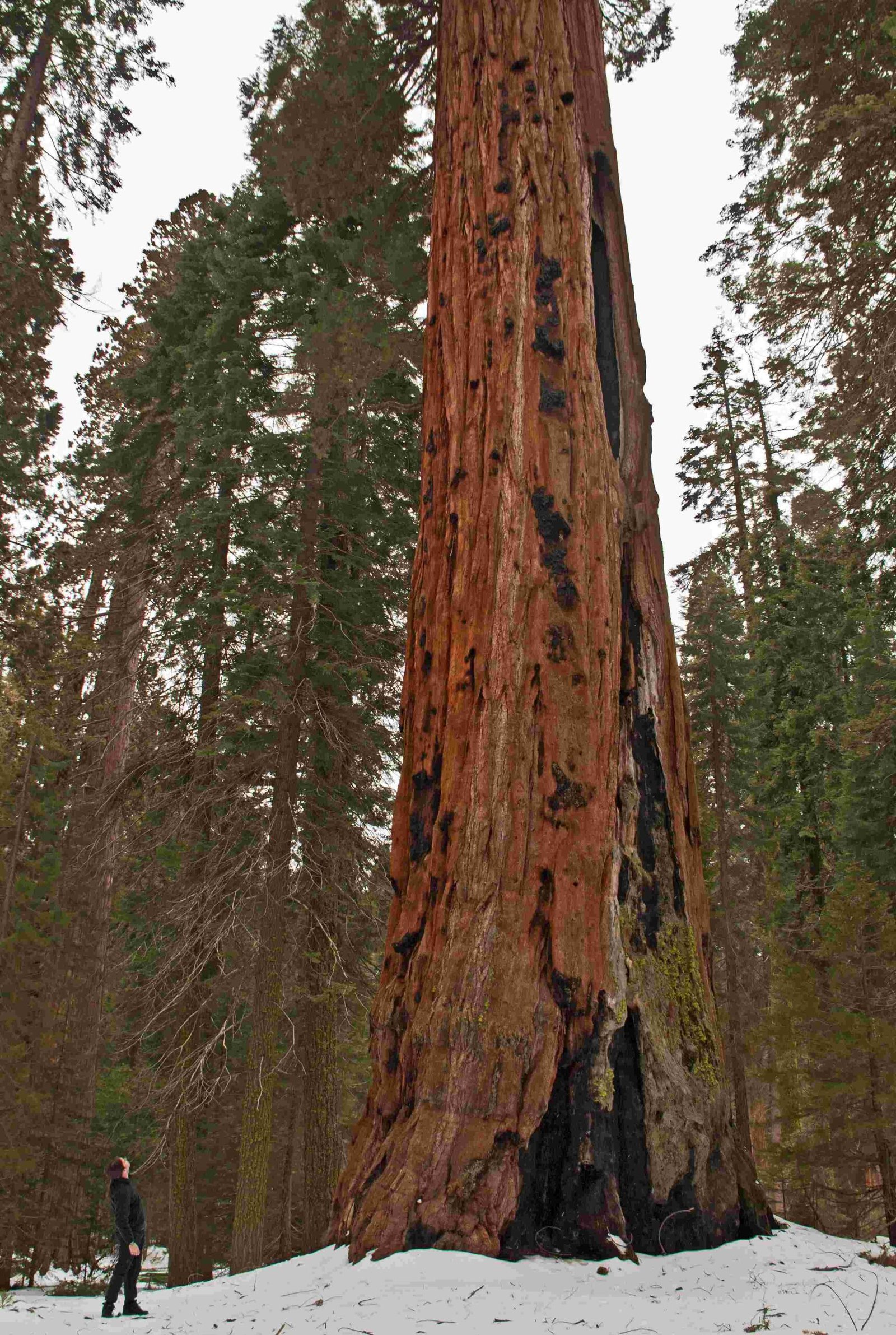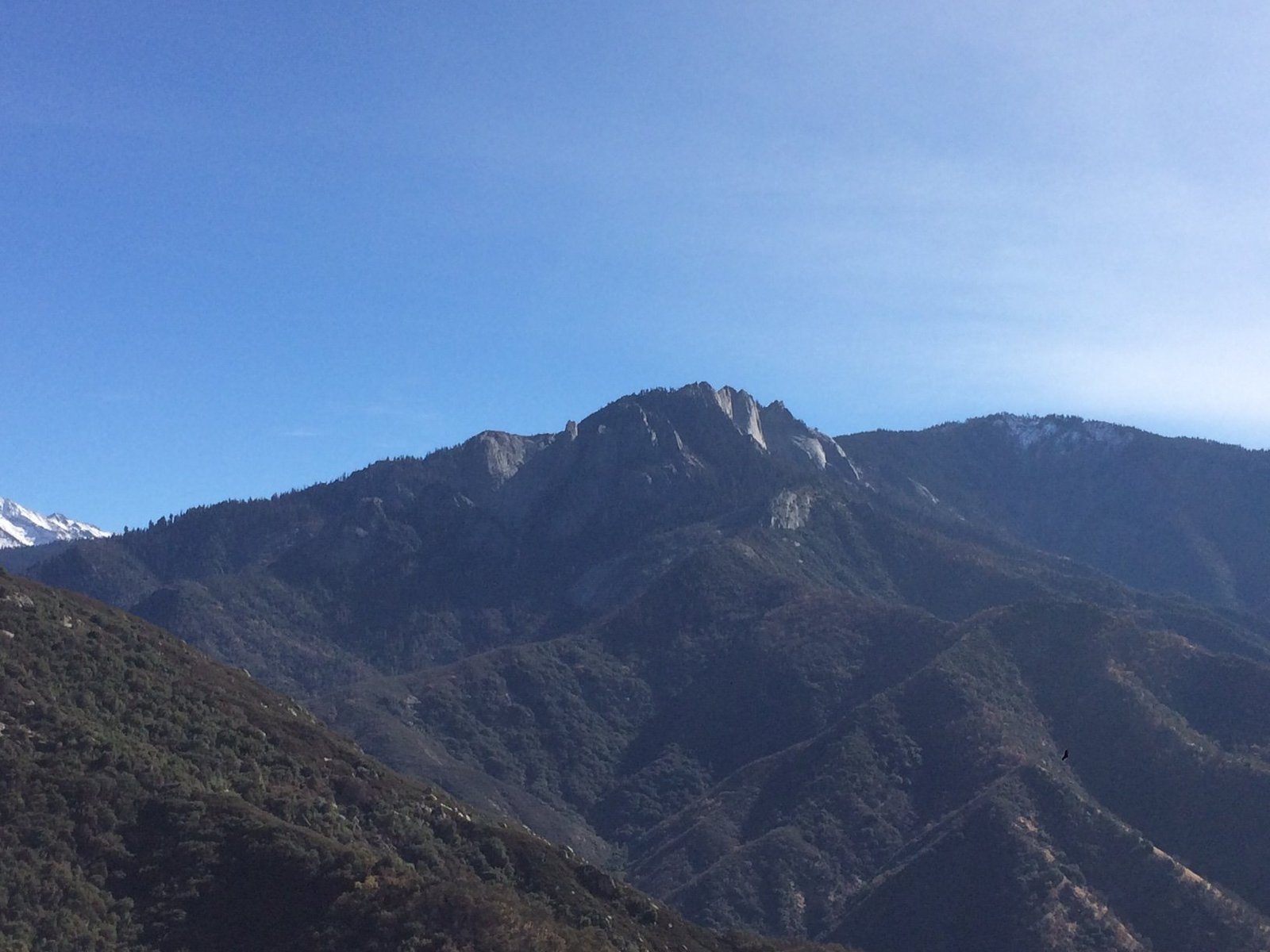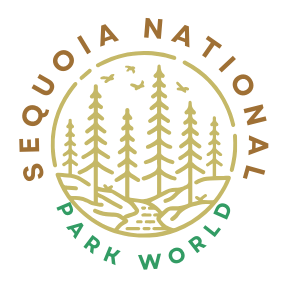Sequoia National Park offers some of the most exhilarating scrambling opportunities in California. From steep granite faces to exposed ridges, the park’s diverse terrain provides challenges for scramblers of all levels. This guide explores the top 5 good scrambles in Sequoia National Park, detailing routes, difficulty levels, and essential safety tips for adventurers seeking to push their limits in this stunning wilderness.
What Are the Best Scrambling Routes in Sequoia National Park?

Sequoia National Park boasts several excellent scrambling routes that combine technical challenges with breathtaking scenery. Here are the top 5 good scrambles:
- Sawtooth Pass Scramble
- Difficulty: Hard
- Estimated Time: 8-10 hours
-
Description: This route loses the trail and becomes a challenging scramble and scree ski. The steep, rocky terrain demands skill and endurance.
-
Moro Rock Scramble
- Difficulty: Moderate to Hard
- Estimated Time: 1-3 hours
-
Description: Moro Rock offers multipitch routes and a challenging scramble with steep, exposed sections. Be aware of potential falcon closures.
-
Sabre Ridge Scramble
- Difficulty: Hard
- Estimated Time: 5:15 to 6:30 hours (camp to camp)
-
Description: This route involves a 3rd class slab approach and class 4-5 climbing before reaching the ridge. It’s exposed and committing, with limited retreat options past the crux.
-
Kaweah Gap Scramble
- Difficulty: Hard
- Estimated Time: 2-3 days
-
Description: While not a traditional scramble, the hike to Kaweah Gap involves significant elevation gain and challenging terrain. It requires a High Sierra Trail permit.
-
Black Rock Pass Scramble
- Difficulty: Hard
- Estimated Time: 3-4 hours to the pass
- Description: The climb to Black Rock Pass is steep with limited water availability. It requires acclimatization but rewards with stunning views.
What Safety Precautions Should Scramblers Take in Sequoia National Park?

Safety is paramount when scrambling in Sequoia National Park. Here are essential precautions:
Essential Gear
- Sturdy hiking boots or climbing shoes
- Climbing gear (ropes, harnesses, carabiners) for more technical routes
- First aid kit
- Navigation tools (map, compass, GPS)
- Weather-appropriate clothing and layers
- Headlamp or flashlight
- Emergency shelter and warmth (e.g., lightweight blanket, emergency bivvy sack)
Weather Considerations
- Be aware of rapid weather changes, especially rainstorms
- Check weather forecasts before starting your scramble
- Avoid climbing during thunderstorms or in wet conditions
Emergency Preparedness
- Carry a personal locator beacon (PLB) or satellite phone
- Inform park rangers or a trusted contact of your itinerary
- Know the location of the nearest ranger station or emergency services
What Are the Top Scrambling Peaks in Sequoia National Park?
Sequoia National Park features several notable peaks for scrambling:
- Moro Rock
- Elevation: 6,725 feet
- Access Point: Moro Rock Trailhead
-
Challenges: Steep and exposed climbing, potential falcon closures
-
Sabre Ridge
- Elevation: Varies (part of higher elevations in the park)
- Access Point: Tamarack Lake
-
Challenges: Exposed and committing climb, variable weather conditions
-
Mount Whitney (via Mount Whitney Trail)
- Elevation: 14,505 feet
- Access Point: Whitney Portal Trailhead
- Challenges: High altitude, significant elevation gain, potential severe weather
What Amenities Are Available for Scramblers in Sequoia National Park?
Sequoia National Park provides various amenities for scramblers:
Parking and Access
- Designated parking areas at trailheads like Timber Gap, Sawtooth Pass, and Whitney Portal
Facilities
- Restrooms available at trailheads and some campsites (e.g., near Cliff Creek and Pinto Lake)
Permits and Costs
- Overnight stays and certain trails (like High Sierra Trail) require permits
- Fees may apply for parking and campsite usage
- Check with park service for specific regulations and costs
How Can Scramblers Prepare for Their Adventure in Sequoia National Park?
Proper preparation is key for a successful scrambling experience:
- Physical Conditioning
- Build endurance through regular hiking and climbing
-
Practice scrambling techniques on easier routes
-
Route Research
- Study detailed route descriptions and trip reports
-
Familiarize yourself with the terrain using topographic maps
-
Gear Check
- Ensure all equipment is in good condition
-
Pack appropriate gear for the specific route and weather conditions
-
Acclimatization
- Allow time to adjust to high altitudes before attempting challenging routes
-
Stay hydrated and be aware of altitude sickness symptoms
-
Leave No Trace
- Follow Leave No Trace principles to preserve the park’s natural beauty
- Pack out all trash and minimize impact on the environment
What Are Some Lesser-Known Scrambling Opportunities in Sequoia National Park?
While the popular routes attract many scramblers, Sequoia National Park offers some hidden gems:
- Angel Wings
- A challenging granite formation near Valhalla
-
Requires technical climbing skills and route-finding ability
-
Tablelands
- A vast alpine plateau with numerous scrambling opportunities
-
Accessible from Wolverton or via the Lakes Trail
-
Mineral King Area
- Offers several off-trail scrambling routes
- Less crowded than more popular areas of the park
How Does Scrambling in Sequoia Compare to Other National Parks?
Sequoia National Park’s scrambling opportunities are unique:
| Aspect | Sequoia National Park | Other National Parks |
|---|---|---|
| Terrain | Granite domes and high peaks | Varies (e.g., sandstone in Zion, volcanic in Yosemite) |
| Elevation | High altitude challenges | Lower elevations in some parks |
| Crowds | Generally less crowded | Popular parks may have more traffic |
| Permits | Required for some areas | Varies by park and route |
| Scenery | Giant sequoias and alpine vistas | Diverse landscapes across different parks |
What Resources Are Available for Scramblers in Sequoia National Park?
Scramblers can access various resources to enhance their experience:
- Visitor Centers
- Provide up-to-date information on trail conditions and closures
-
Offer maps, guidebooks, and expert advice
-
Ranger-Led Programs
- Educational programs on park geology and ecology
-
Safety workshops for backcountry travel
-
Online Resources
- Official park website with current alerts and regulations
-
Climbing forums and trip report websites for recent route conditions
-
Local Guide Services
- Offer guided scrambling trips and instruction
- Provide valuable local knowledge and safety expertise
By following these guidelines and thoroughly preparing, scramblers can safely enjoy the challenging and rewarding routes that Sequoia National Park has to offer. Remember to always prioritize safety, respect the environment, and be prepared for the unexpected in this magnificent wilderness setting.
References:
1. https://sierramtnguides.com/new-routes-in-sequoia-national-park/
2. https://backcountryemily.com/five-lakes-loop-in-mineral-king-backpacking/
3. https://www.mountainproject.com/forum/topic/107228145/climbs-in-sequoia-and-kings-canyon-nps
4. https://www.mountainproject.com/forum/topic/117268580/alpine-scrambling-in-kings-canyon
5. https://morethanjustparks.com/best-hikes-sequoia-national-park/
